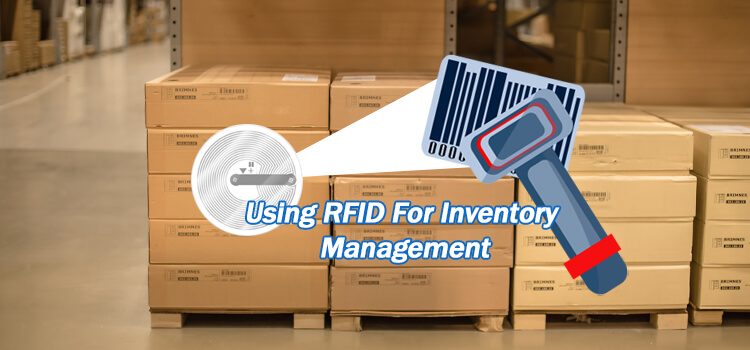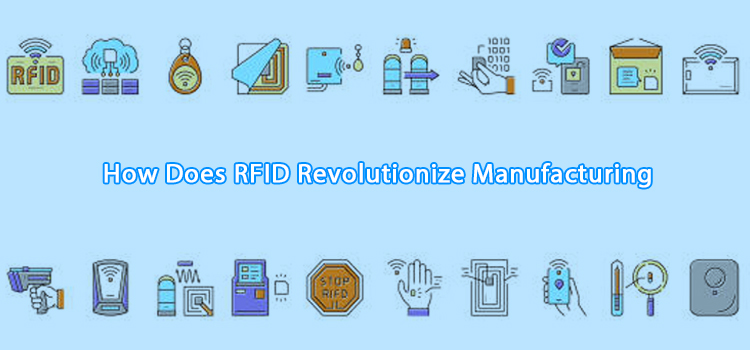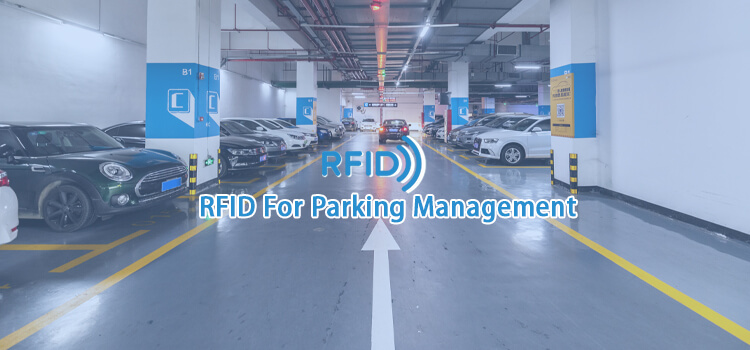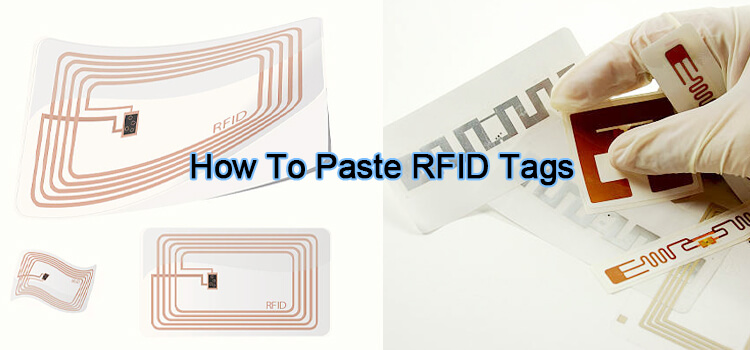If you are struggling with managing your inventory, RFID may be a good solution for you. RFID, or Radio Frequency Identification, is a technology that uses radio waves to read and capture information from tags that are attached to objects. This technology can be used to track the movement of objects and manage inventory levels.
There are several benefits to using RFID for inventory management. We highlight some of the key benefits below.
What is RFID Inventory Tracking?
RFID inventory tracking refers to the use of RFID technology to track the movement and location of inventory items. RFID tags are attached to objects and read by RFID readers.
The data from the tags can be used to track the movement and location of inventory items. This information can be used to manage inventory levels and track the status of inventory items.
RFID is a fast, accurate, and reliable way to track inventory. RFID systems can read tags from a distance, which reduces the time needed to scan items.
How Does RFID Work?
RFID uses radio waves to read and capture information from tags that are attached to objects. The tags contain a microchip and an antenna. When the tag comes within range of an RFID reader, the reader sends out a radio signal that activates the tag. The microchip on the tag responds by transmitting the data stored on the chip to the reader.
The data from the tag can be used to track the movement and location of inventory items. This information will be relayed to a central software system for analysis.
Even better, users can install the software on their smartphones. This way, they will monitor the stocks, shortages, and oversupply without a hassle.
What are the Benefits of RFID Inventory Tracking?
There are several benefits to using RFID for inventory management. We highlight some of the key benefits below.
- Easy to Detect Low Stock Levels.RFID can be used to track the movement of inventory items and manage inventory levels. It can help you identify when inventory is low and needs to be replenished. This can help to reduce the chances of overstocking, understocking, or loss.
- Reduced Labor Costs.RFID can automate the process of tracking inventory. This can reduce the need for manual labor to track inventory.
- Improved Efficiency.RFID can improve the efficiency of your business by reducing the time needed to track inventory. It can also help you identify and eliminate inefficiencies in your business processes.
- Reduced Errors. RFID is a very accurate way to track inventory. RFID systems can detect errors in inventory tracking. This can help to improve the accuracy of your inventory data.
These are just a few of the benefits that RFID offers. There are many other benefits that you will accrue by integrating RFID into your inventory management system.
RFID Inventory System Components
RFID inventory systems consist of three main components: tags, readers, and software.
- Tags.Tags are small items that are attached to objects. They contain a microchip and an antenna. When the tag comes within range of an RFID reader, the reader sends out a radio signal that activates the tag. The microchip on the tag responds by transmitting the data stored on the chip to the reader.
- Readers.Readers are devices that are used to read RFID tags. They send out a radio signal that activates the tag and reads the data from the chip.
- Software.Software is used to manage and interpret the data from RFID tags. It can be used to track the movement and location of inventory items, manage inventory levels, and track the status of inventory items.
All three components are necessary for an RFID inventory system to function. In case you are not well-versed with IT, you must use a professional to help you with the integration process.
RFID Inventory Tracking Systems
There are several types of RFID inventory tracking systems. The type of system that you need will depend on the size and complexity of your business.
- Fixed Reader Systems.Fixed reader systems are the simplest type of RFID inventory system. They consist of fixed readers that are installed in specific locations. The readers are used for reading tags from inventory items as they pass by.
- Mobile Reader Systems.Mobile reader systems are more complex than fixed reader systems. They consist of a set of mobile readers. The mobile readers are used to read tags from inventory items as they are moved around the facility.
- Enterprise Systems. Enterprise systems are the most complex type of RFID inventory system. They consist of a set of fixed readers and a set of mobile readers. The enterprise system also includes a back-end database and software. The database and software are used to manage and interpret the data from RFID tags.
Future of RFID Technology for Inventory Tracking
RFID technology is constantly evolving. The technology is becoming faster, more accurate, and more affordable. This means that RFID will continue to be a viable option for inventory tracking in the future.
There are several emerging issues that RFID will need to address to continue to be a viable option for inventory tracking. These issues include the following:
- Privacy.There is growing concern over the privacy of RFID data. Many people are worried that RFID data could be used to track the movements of individuals and collect personal information.
- Cost.RFID systems are still relatively expensive. The cost of tags, readers, and software can be prohibitive for some businesses.
However, there are already a few solutions to the security problem. For example, the use of RFID blockers can help to protect the privacy of individuals. Additionally, the cost of RFID technology continues to drop, it will become more affordable for businesses of all sizes.
Even more importantly, data encryption can be used to protect the privacy of RFID data. This involves encrypting the data that is transmitted from the tag to the reader. This makes it difficult for someone to interpret the data without the proper encryption key.





